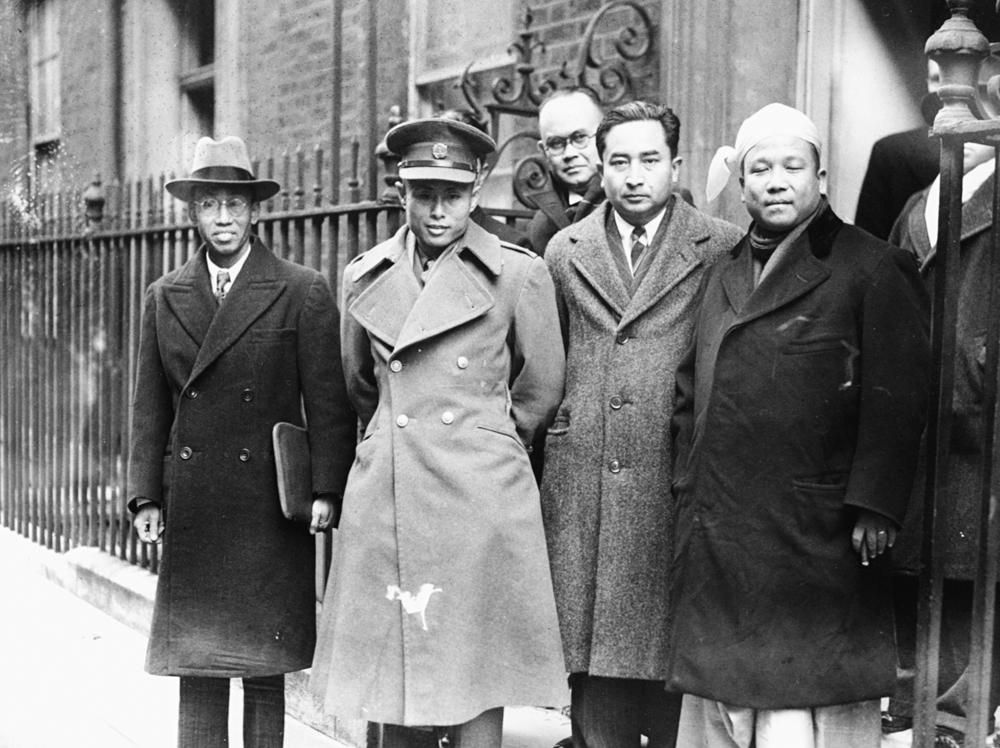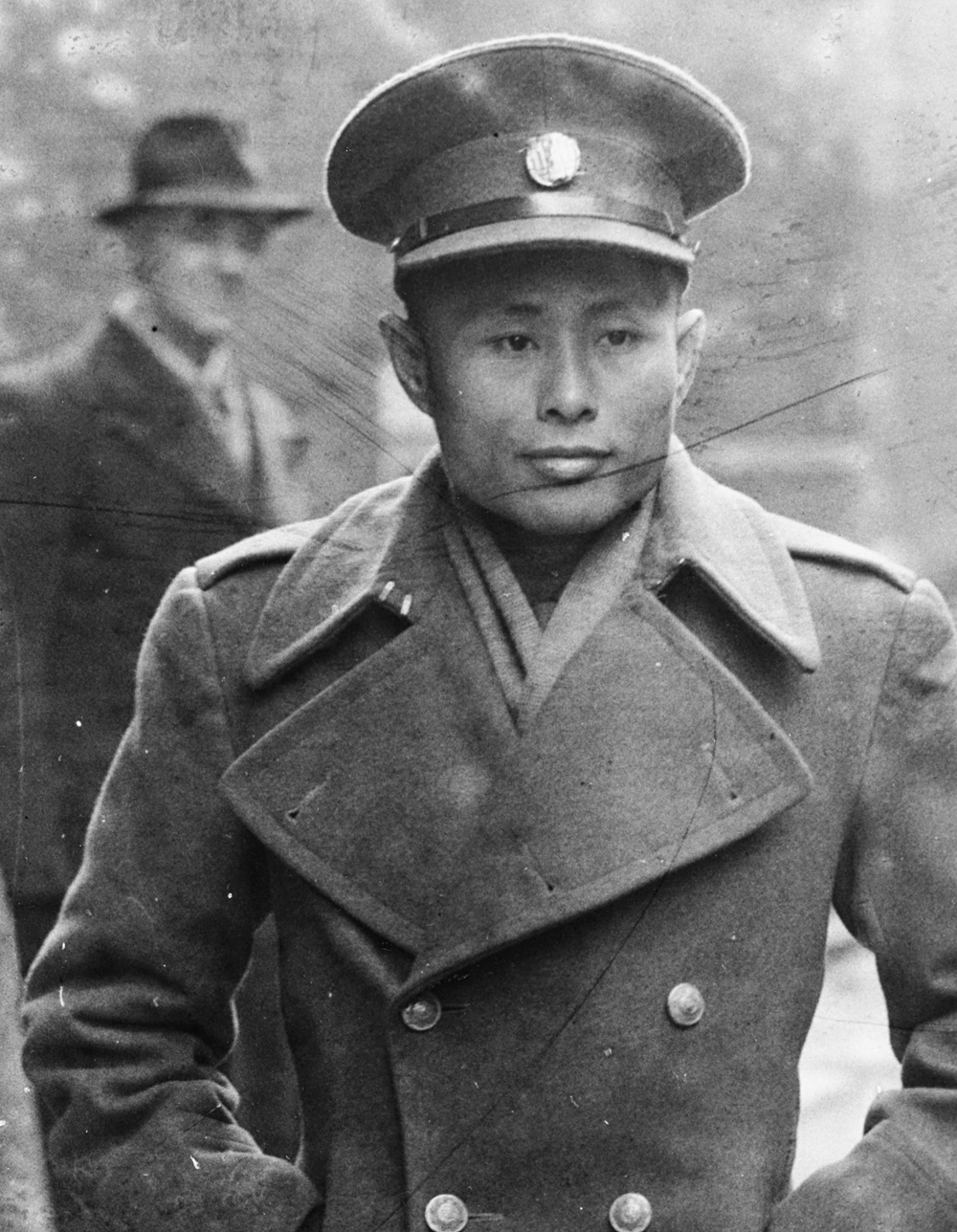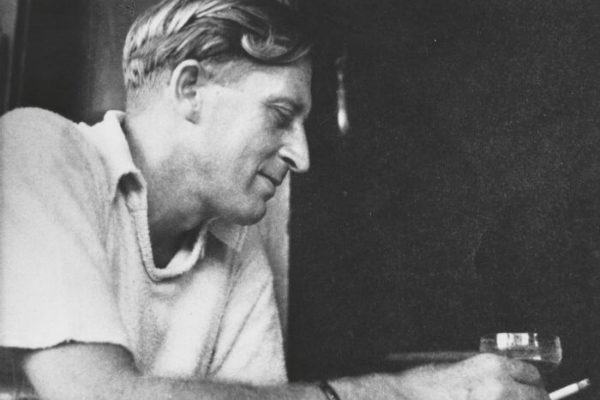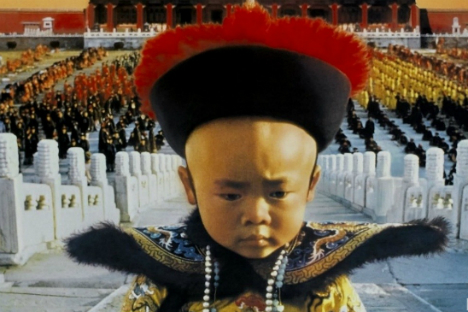How Russia supported Burma’s independence struggle

Burmese Vice President Aung San (second from left) arriving at 10 Downing Street with his delegation in London, January 13th 1947.
Getty ImagesIt became increasingly apparent by the 1930s that the sun would eventually set on the British Empire. This was the decade that began with the Great Depression and ended with the outbreak of the Second World War. While Britain was in the process of gradually granting autonomy to its most prized colonies such as India, impatience and revolutionary fervor reached its peak in the country now known as Myanmar.
“The Bolshevik Revolution and its swiftness in bringing change in Russia inspired Aung San,” says Maung Aye Khin, a historian based in the city of Yangon (Rangoon). “This was a time when there was growing impatience among the youth to break free of colonial rule, and Russia then provided both the ideology as well as the funding for the Burmese revolutionary freedom movement.”
Aung San, who is considered the Father of the Nation in Myanmar, was the founder of the Communist Party of Burma. “His writings reveal his intellectual debt to (Joseph) Stalin and other communist leaders who works he read and studied,” Josef Silverstein wrote in ‘The Political Legacy of Aung San.’
Silverstein added that the Burmese leader, who was eventually kicked out of the Communist party, strongly stuck to the path of socialism. Aung San’s writings also revealed “his reliance on non-Communist socialism for the political forms he ultimately advocated when the time came to set forth his ideas about the future constitution of an independent Burma,” Silverstein wrote.
World War II
When the USSR was busy fighting Nazi Germany during the Second World War, Imperial Japan invaded Southeast Asia, evicting the Dutch from the Indonesian archipelago and the British from Malaya.
“Aung San initially made the mistake of collaborating with the Japanese to help throw out the British from Burma,” says Maung Aye Khin. “It was essentially a trap that would lead to Japanese occupation of Burma, even as Japan planned to attack India.”
Khin adds that Aung San eventually turned on the Japanese and was backed by the allies in the Second World War. “He rejoined the Communist party briefly but decided to follow a Burmese-adapted model of socialism that was still largely inspired by the Soviet Union.”
 Aung San. Source: Getty Images
Aung San. Source: Getty Images
In 1946 Aung San became the Premier of Burma, a title he held until his assassination by political rivals a year later when the country was just six months away from total independence.
“A newly independent Burma stayed close to the Soviet Union, but that was also largely because it held grievances against the Japanese,” Khin says. Burma, along with India and Yugoslavia, refused to attend the 1951 San Francisco Peace Treaty negotiations, which set up final WWII settlements with Japan.
The signatories to the treaty called on the Soviet Union to return the Southern Kurils and the southern half of Sakhalin Island to Japan. By boycotting the conference, Burma, India and Yugoslavia were the only countries that (by default) recognized Soviet sovereignty over the territories. “All three countries boycotted the conference for various reasons, but there was the influence of the USSR,” Khin adds. “Harry Truman even accused them of listening to the orders of ‘Uncle Joe and Mousie Dung.’”
Ne Win era
Burma was not as hotly contested during the Cold War as neighboring Indochina, but Ne Win’s 1962 coup had the backing of both Moscow and Beijing.
“The USSR had tremendous leverage with Ne Win’s military socialist government, which lasted 26 years,” Khin says. “When Burma-China ties began to diminish, there was a socialist superpower that the Burmese regime could rely on.”
In their book ‘Soldiers and Diplomacy in Burma,’ Renaud Egreteau and Larry Jagan wrote that Moscow maintained strong yet low-profile ties with Rangoon. “During the USSR/Ne Win era, the Soviet embassy in Rangoon was one of the biggest in town, enabling Moscow to monitor the Southeast Asian region without much pressure,” they wrote.
After the Soviet collapse
Burma’s defenses were shored up by Moscow until the early 1990s. After the collapse of the Soviet Union, ties cooled until Vladimir Putin became president. Since 2000, Russia maintained a non-interference policy in the country and used its United Nations Security Council veto to help Myanmar.
Over the last few years, Russia has been involved in the country’s nuclear energy program, and has once again become a major defense supplier. “There is a lot of goodwill for Russia since it is probably the only major power with which Myanmar has always maintained cordial ties,” Khin says.
Myanmar’s new democratic leadership will represent the country at the 2016 Russia-ASEAN summit in Sochi in May.
Read more: Russia-ASEAN relationship needs more substance
All rights reserved by Rossiyskaya Gazeta.
Subscribe
to our newsletter!
Get the week's best stories straight to your inbox

